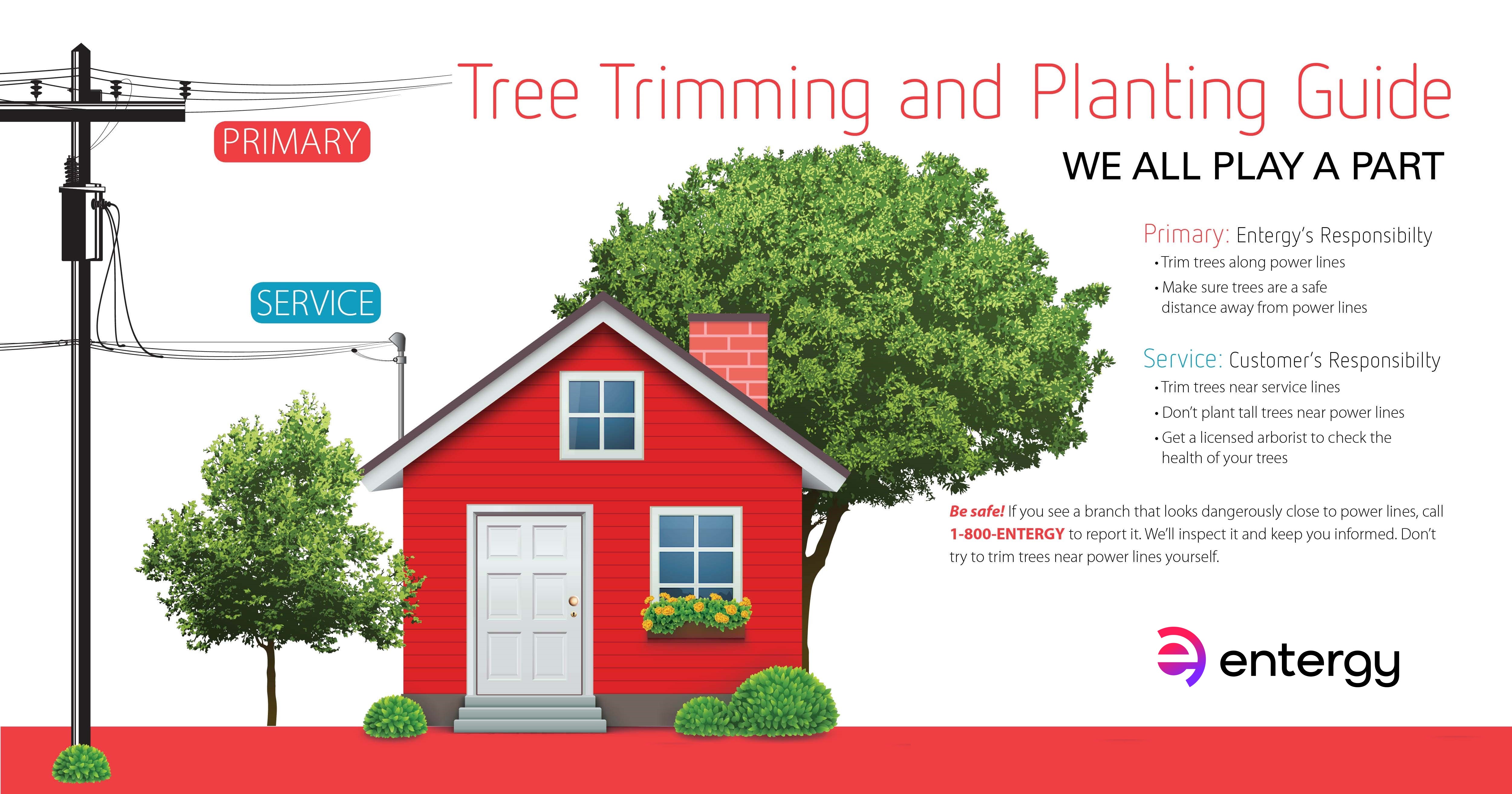Indicators That It Is Needed To Get Rid Of A Tree - A Handbook For House Owners
Indicators That It Is Needed To Get Rid Of A Tree - A Handbook For House Owners
Blog Article
Content Develop By-Siegel Noer
Trees add appeal and value to residential property, but they can likewise present a threat throughout extreme weather occasions. If a tree has actually quit expanding, is exhibiting visible fungal growth, or has a leaning trunk, it should be eliminated by a professional to stay clear of residential or commercial property damage and injury.
To find out more, go to a house owner resource reasonable co-hosted by HPD, the Facility for NYC Neighborhoods, and Brooklyn-based housing companions this evening in Bedford-Stuyvesant. The event will include the Property owner Handbook, a new guide to aid property owners navigate the duties of having a home.
1. Dead or Perishing Branches
Trees are an essential part of your home's landscape, using color and appeal. They also offer sanctuary for wildlife and produce oxygen, but even healthy trees can experience illness that might demand their elimination. Dead or dying trees aren't just undesirable, they can be dangerous. Their branches might fall during a storm, resulting in pricey home damage and injuries.
When a tree's branches begin to die, it suggests that its structure is starting to break down. If most of its branches are dead, it is most likely time to remove it.
Look for an absence of new growth, bark peeling, open wounds or tooth cavities, fungi expanding on the trunk or roots and a basic appearance of decay in the whole cover. These indications of infection can show a serious problem that will require expert tree services to deal with.
2. Leaning Trunk
While it's normal for trees to lean once in a while because of phototropism, if a tree has a hazardous or serious lean that's not due to natural processes - maybe an indication that the tree needs to be gotten rid of. If the tree is leaning toward a high-voltage line, home, vehicle, play structure or any other location that could be unsafe to people if it drops, after that contacting an expert tree solution for removal should be a leading priority.
It's additionally vital to look for any sudden changes in a tree's leaning as it can indicate damage to the origins or trunk that might bring about dropping. This is especially true throughout stormy weather, considering that high winds and rain-soaked soil can trigger a lean to transform quickly. Routine monitoring, especially throughout and after tornados can help home owners identify possible problems with their trees so they can call an arborist for a thorough evaluation.
3. Suggested Web site , such as wood-boring insects like emerald ash borer or sap-suckers like range pests, are so extreme that they can cause a tree to pass away. https://www.canyon-news.com/studio-mla-and-berggruen-collaboration/134030 to stop pest problem is to check your trees regularly. Look for spots, holes, or stainings in the fallen leaves and bark. Take a look at the trunk for fractures and signs of insect damages, such as tunnels or tracks.
If a tree ends up being too plagued with pests, or is close to a home or high-voltage line, an arborist may recommend removal. If a leaning tree creates a brand-new, unpredictable lean, an arborist will likely recommend elimination also to make certain the safety and security of individuals and building. If a damaged or dead tree continuously loses extreme branches, it is an indication that it is time to get rid of the tree. If a tree remains to shed branches for an extended period of time, it could result in architectural troubles and potential property damage.
4. Harmed Trunk
Trees are a beautiful and fundamental part of our landscape, but they do need normal care to keep them healthy and secure. If a tree is damaged irreparable it is likely time for it ahead down.
Look for signs of damages to the trunk, consisting of vertical splits, seams, dead branch stubs, visible wounds or open dental caries and serious tree-rot. Recommended Web-site of fungis at the base of the trunk is one more advising sign. Fungi might show that the phloem and xylem (life-support cells) are compromised, enabling the spread of illness or a future failure.
Additionally, consider whether the tree has actually quit growing. Healthy and balanced trees will have brand-new development every year, which may be visible as buds or branches sprouting and prolonging. If you don't see any kind of new growth, it's a great idea to have an arborist evaluate the tree and follow their recommendation for elimination. A passing away or harmed tree can fall and trigger building damages.